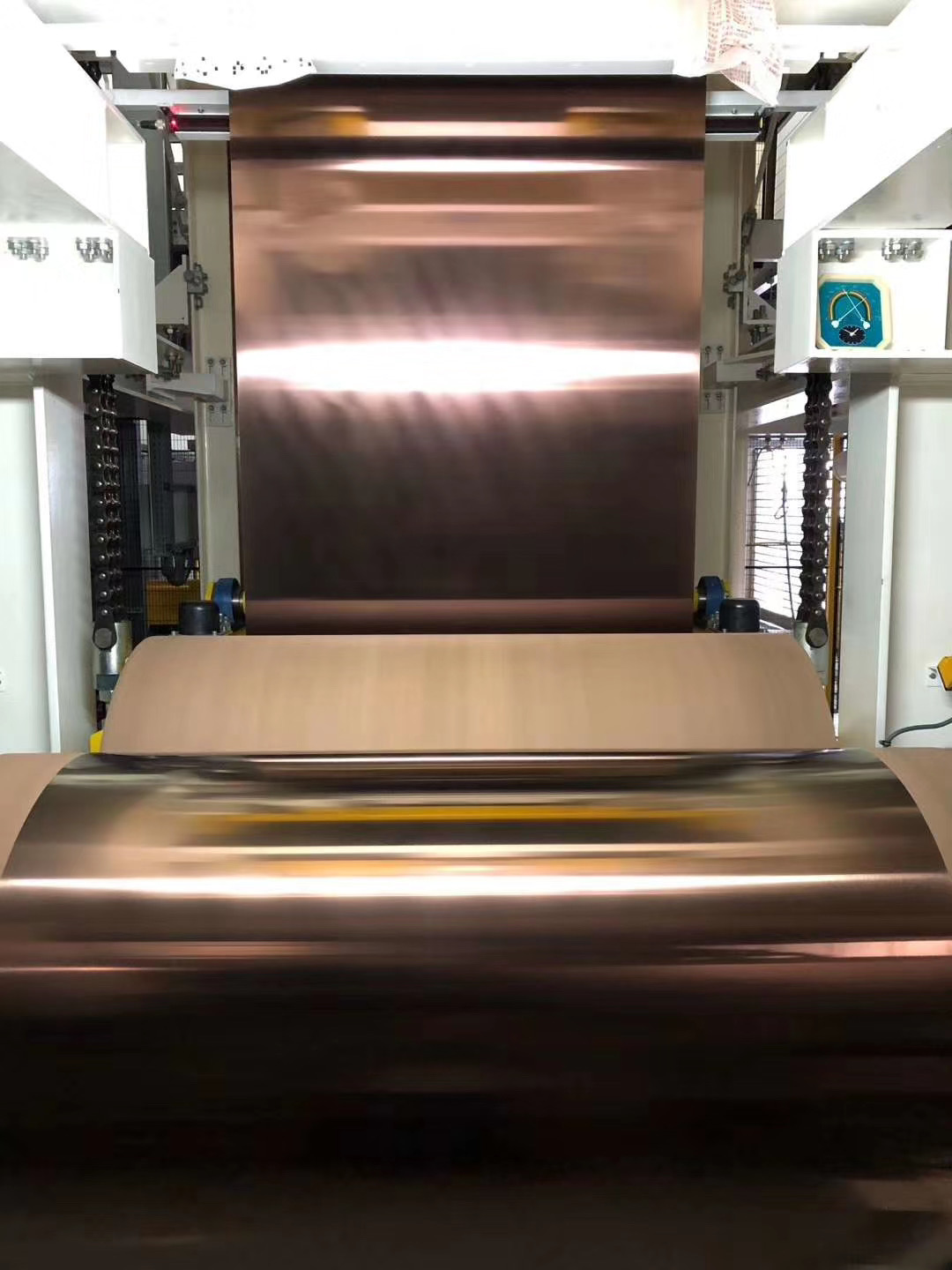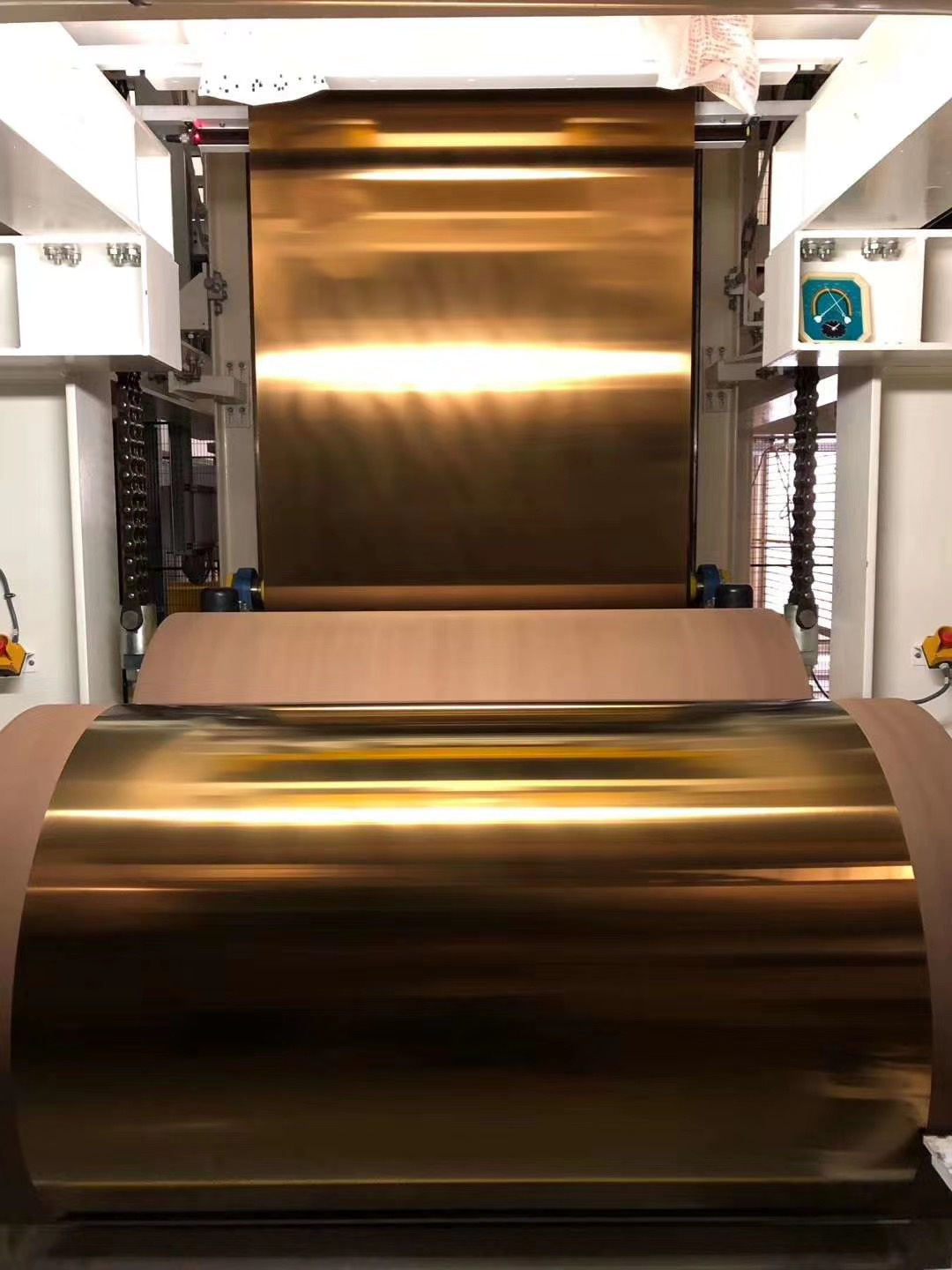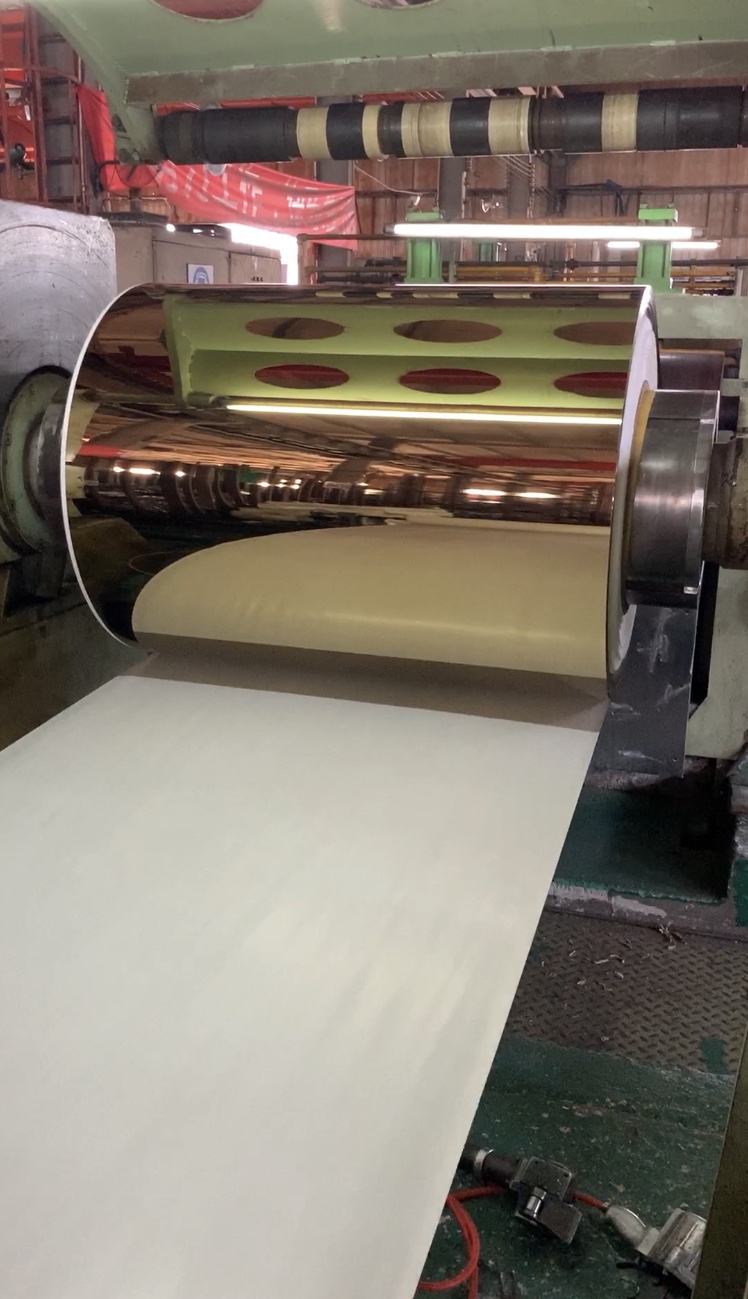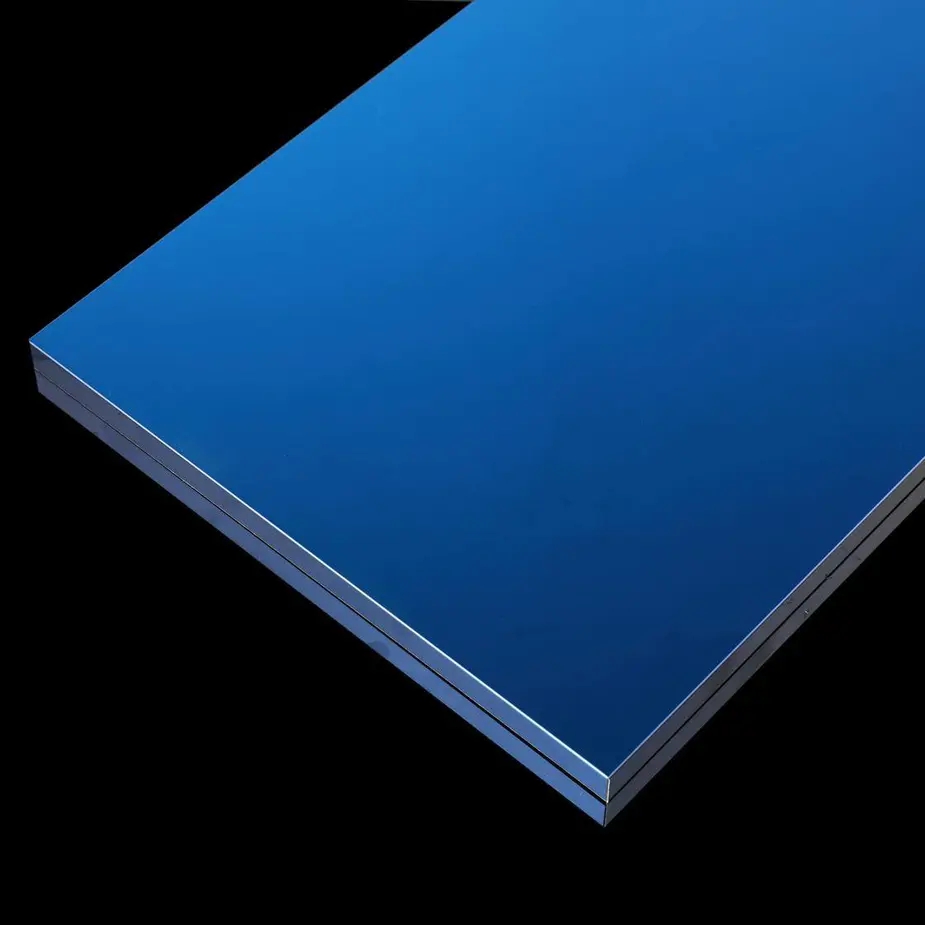Physical Vapor Deposition (PVD) is a cutting-edge vacuum coating technology that has gained immense popularity in various industries due to its ability to enhance the surface properties of materials, particularly stainless steel. This guide will provide a comprehensive overview of PVD coating on stainless steel coils, discussing its processes, benefits, applications, and considerations for optimal results.
Understanding PVD Coating
What is PVD Coating?
PVD coating is a vacuum coating process that involves the deposition of thin layers of metal onto a substrate, such as stainless steel. The process begins with the evaporation of a solid material, which then condenses onto the surface of the substrate, forming a thin film. This method is known for producing coatings that are not only aesthetically pleasing but also highly durable and resistant to wear and corrosion.
How PVD Works
The PVD process typically occurs in a vacuum chamber where stainless steel coils are placed. A high-purity solid coating material, often metals like titanium or zirconium, is heated until it vaporizes. The vapor then travels through the vacuum and deposits onto the stainless steel surface, creating a uniform and adherent coating. The process usually operates at temperatures ranging from 150 to 500 degrees Celsius, ensuring optimal adhesion and coating quality.
Types of PVD Processes
There are several methods of PVD, including:
Evaporation: Involves heating the coating material until it vaporizes.
Sputtering: Utilizes ion bombardment to dislodge atoms from a target material, which then deposit onto the substrate.
Ion Plating: Combines evaporation with ion bombardment to enhance adhesion and coating properties.

Benefits of PVD Coating on Stainless Steel Coils
Enhanced Durability
PVD coatings significantly improve the wear resistance and hardness of stainless steel, making it suitable for applications that require high durability. The coatings are less prone to scratching and chipping compared to traditional coatings.
Corrosion Resistance
One of the standout features of PVD coatings is their ability to provide excellent corrosion protection. This is particularly beneficial in environments where stainless steel is exposed to moisture, chemicals, or harsh conditions.
Aesthetic Appeal
PVD coatings can be applied in a variety of colors and finishes, allowing for greater design flexibility. This aesthetic enhancement is particularly valuable in industries such as architecture, automotive, and consumer goods, where appearance is crucial.
Environmentally Friendly
The PVD process is considered more environmentally friendly than traditional coating methods, as it does not involve harmful chemicals or generate toxic by-products. This makes it a sustainable choice for manufacturers.
Applications of PVD Coating
Architectural Elements
PVD-coated stainless steel is widely used in architectural applications, including facades, railings, and decorative elements. The coatings enhance the visual appeal while providing long-lasting protection against environmental factors.

Pvd Color Stainless Steel Coil Finishes
Automotive Industry
In the automotive sector, PVD coatings are applied to various components, including trim pieces and wheels. The coatings not only improve the aesthetic quality but also enhance the durability of parts exposed to wear and tear.
Consumer Products
Many consumer products, such as kitchen appliances and hardware, benefit from PVD coatings. The enhanced appearance and durability make these products more appealing to consumers, while also extending their lifespan.
Medical Devices
PVD coatings are increasingly used in medical devices due to their biocompatibility and resistance to corrosion. This is crucial for instruments and implants that require high hygiene standards and durability.
Considerations for PVD Coating
Surface Preparation
For optimal adhesion and performance of PVD coatings, proper surface preparation is essential. The stainless steel surface must be free from contaminants and may require polishing or buffing to enhance adhesion.
Coating Thickness
The thickness of the PVD coating can affect its performance. Thicker coatings may offer better protection but can also lead to issues with adhesion and uniformity. It is important to balance thickness with the desired properties of the final product.

Pvd Coating Stainless Steel Coil
Environmental Factors
The longevity of PVD coatings can be influenced by environmental conditions. Coatings may degrade faster in harsh or abrasive environments. Regular maintenance and cleaning can help extend the life of the coating.
Cost Considerations
While PVD coatings offer numerous benefits, they can be more expensive than traditional coating methods. Manufacturers must consider the cost of equipment and materials when deciding on PVD as a finishing option.
Conclusion
PVD coating on stainless steel coils represents a significant advancement in surface engineering, providing enhanced durability, corrosion resistance, and aesthetic appeal. As industries continue to seek innovative solutions for material finishing, PVD technology stands out as a versatile and sustainable option. By understanding the processes, benefits, and considerations of PVD coating, manufacturers can make informed decisions that enhance their products and meet market demands.


